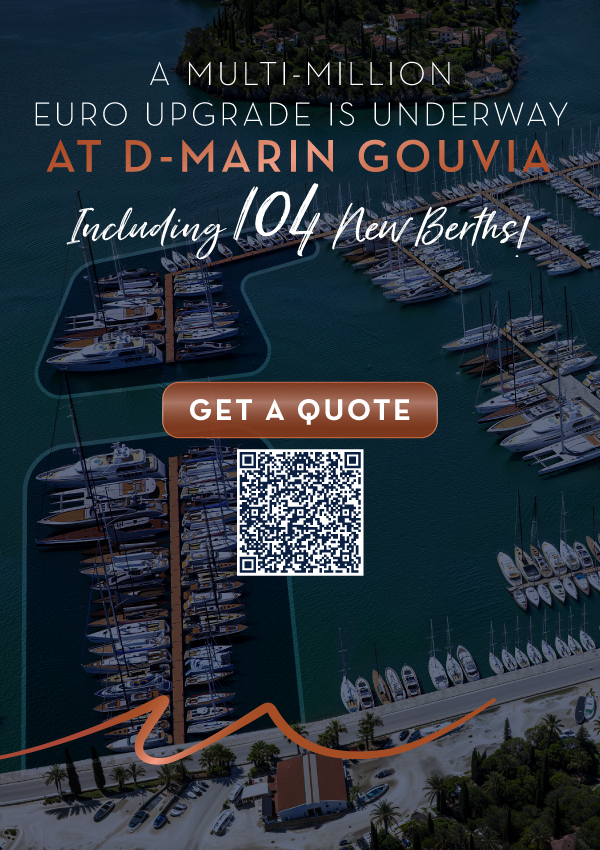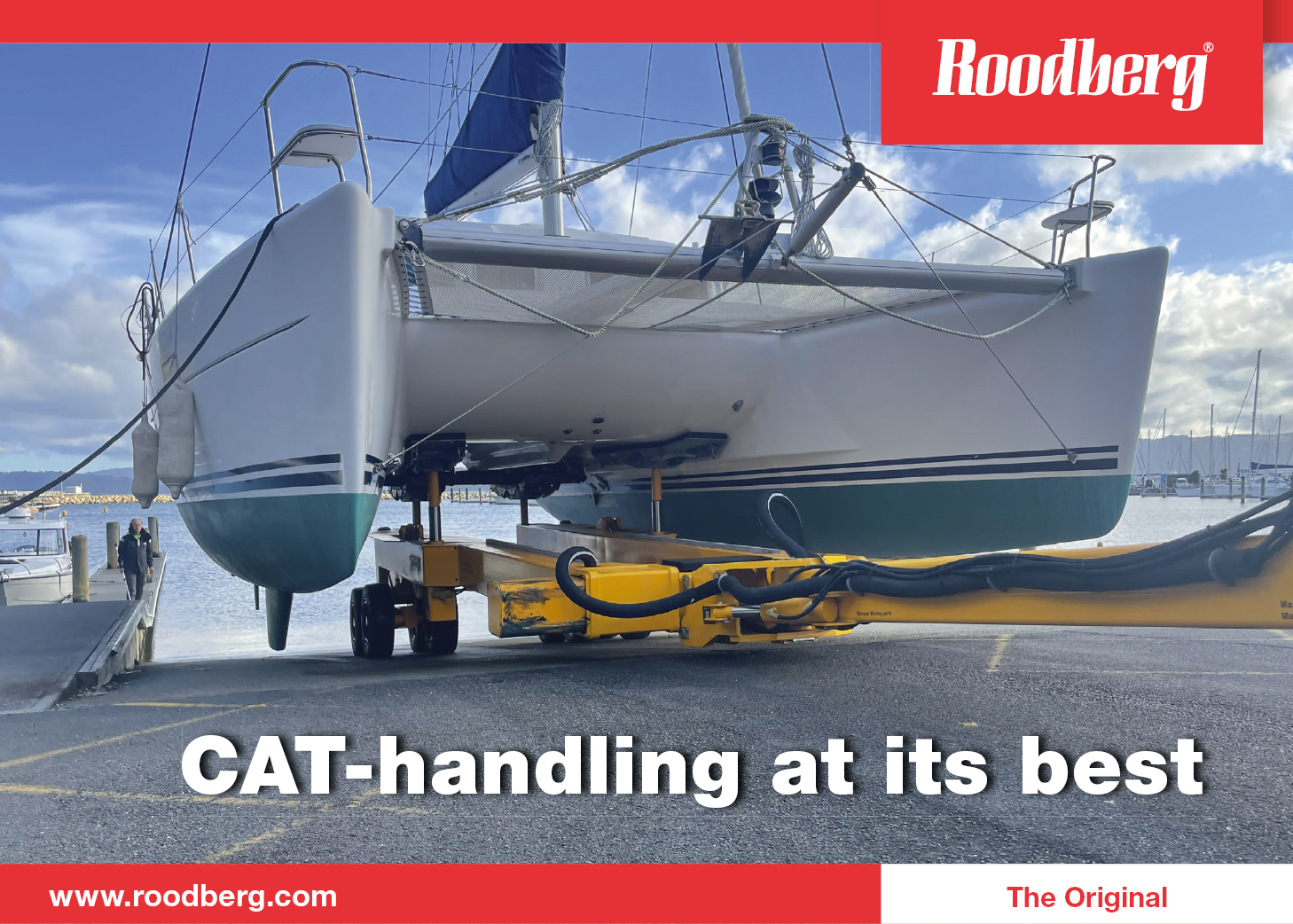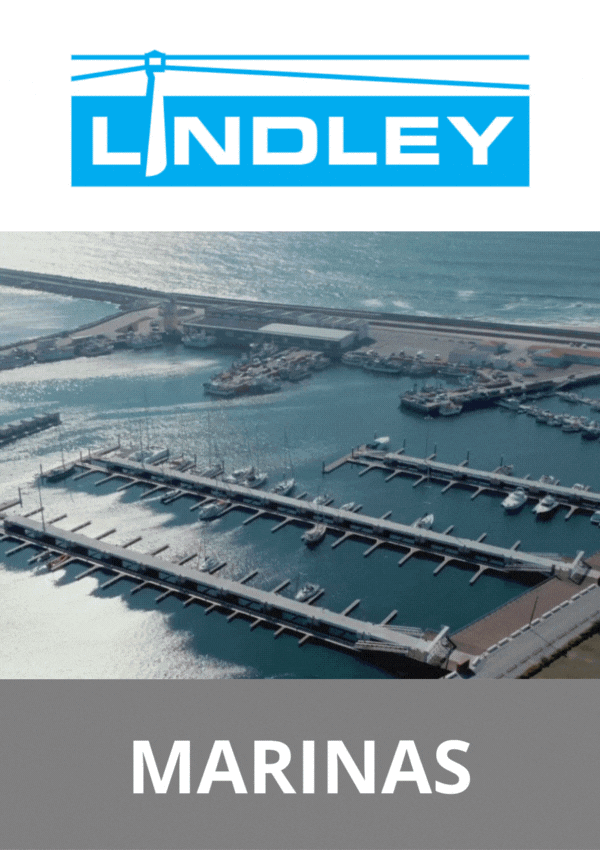Italian marinas in the broader context
Design studio One Works has been commissioned to undertake two new urban waterfront regeneration projects in different parts of Italy. The contracts are just two of many awarded for wide-ranging infrastructure in recent years to a firm with an increasingly global reach. Donatella Zucca reports
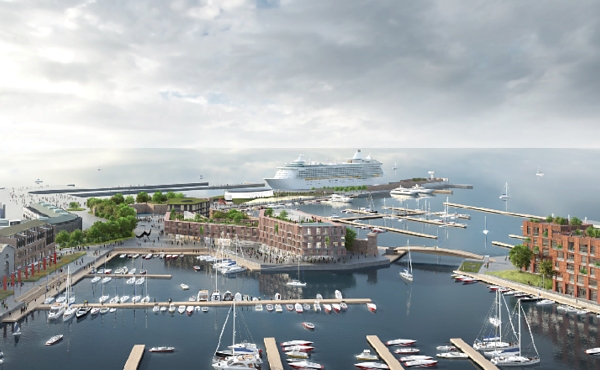
Livorno Porta a Mare is designed to revitalise redundant port space.
Recent work includes the redevelopment of the Marco Polo airport terminal in Venice, the Tre Torri City Life Square in Milan, the Transport Education Centre in Qatari capital Doha, a luxury outlet in San Marino and the King Abdul Aziz Boulevard in Mecca.
The new marina projects are located in Liguria (Porto di Ventimiglia) and Tuscany (Livorno Porta a Mare). The former project was awarded by Marina Development Corporation (MDC) and the latter by listed company IGD SiiQ.
“Marinas are a tool for urban regeneration,” says Leonardo Cavalli, founder and managing partner of One Works. He explains that in a highly urbanised country like Italy, where around 30% of the population lives in coastal cities, marinas regenerate areas and boost tourism. “Our work in Ventimiglia and Livorno focuses on these aspects, leveraging the opportunity that maritime infrastructures offer and on the regeneration of the areas that host or overlook the marinas so as to integrate the specific function of the marina with a general enhancement of the overall context.”
Porto di Ventimiglia and MDC
For Porto di Ventimiglia, also known as Marina Cala del Forte, One Works has provided a masterplan for urban/environmental procedures, which was presented to the municipality in April 2021. MDC, advisor to the BDF investment fund managed by Narmia SGR, will deliver €200 million in urban and residential developments around the marina, which was officially inaugurated in July last year.

Leonardo Cavalli
The work covers an area of 5.7ha (14 acres) and, like the marina, is directed at creating a high level tourist/accommodation destination of benefit to the entire city. The main focus will be on the Borgo del Forte area, which will have 70 branded apartments and a 5-star hotel that will manage a further 60. La Roca restaurant, west of the residential complex, and the former Automobile Club Italia (ACI) building, will be transformed into a Club Italia food and beverage outlet.
The developers will build a campus known as Borgo del Forte set back behind the Nervia waterway. This will comprise an international school, with space for events, tennis courts, an Olympic sized swimming pool and accommodation for students, athletes and teachers.

Marina Cala del Forte is the hub for a high level tourist attraction.
MDC is also currently working with the Pisa in Progress property fund on an urban regeneration masterplan for areas around the tourist port. The project aims to create a high-level tourist destination, bring economic growth to the area and take advantage of the city’s global connection via the Galileo Galilei International Airport. The areas of work will cover 16ha (39.5 acres) along the delta of the River Arno and will integrate well with the tourist port. It will enrich the urban fabric of Marina di Pisa with greenery, renovated buildings and new structures.
“The Ventimiglia project – in a border city – aims to redefine the positioning of a stretch of coastline that is popular with tourists,” Cavalli explains. He says that the new marina has created opportunities to rethink development of areas not just connected to the marina but in the underdeveloped local urban catchment.
“The value generated will thus be redistributed not only for strictly tourist purposes but to serve the collective interests of the city more generally,” he adds. “The project will actually be an economic and social accelerator as the impact on the local economy is expected to be three to five times greater than the investment in addition to generating long term value.”
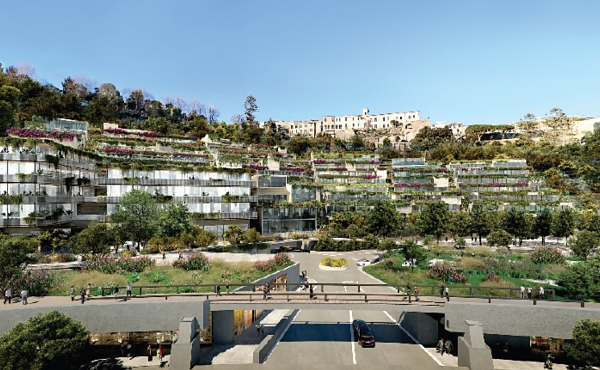
Porto di Ventimiglio will have extensive landside facilities.
Construction of this new residential/reception area will be accompanied by the restoration of the former Campasso railway station as well as the education and social functions of the Borgo del Forte campus. All will be achieved by enhancing existing buildings, especially those in disuse, and adding just two new buildings, green public spaces and community sports facilities.
MDC’s general programme also provides for other intervention in the existing urban area so as to start a process of general redevelopment of the city’s fabric and facilities. To facilitate the reconciliation and integration of new port infrastructure with the rest of the city, Borgo del Forte will complete regeneration of the urban waterfront to the west. A mechanised walkway will connect the latter and the marina with the old city on the hill behind. The sports and landscaped areas will close the circle of recreational spaces offered in the city’s eastern section, interacting with the Nervia river and with cycle paths beside the waterway and along the coast.”
Livorno Porta a Mare and IDG
Livorno Porta a Mare in the Porto Mediceo area of Livorno in Tuscany covers an area of 4.5ha (11 acres) and will incorporate residential and hospitality buildings. The project is funded by IGD SiiQ, one of the first Italian groups in the property retail sector to be listed on the Euronext STAR Milan segment of the Italian Stock Exchange.
“The proposal for a complete transformation of the Porto Medicco area in Livorno stems from a joint public and private interest and the determination of the project promoter IDG,” Cavalli says. “It is being developed around a stretch of water that will host the Porta a Mare marina.”
With a history of over ten years, the project has already achieved several transformations, with the construction of a commercial and residential destination in the Piazza Mazzini area. More recently, One Works has been involved in the revision of the general masterplan and of other areas not yet realised.
“The aim of the project is the redevelopment of an abandoned area that was once occupied by shipyards,” Cavalli explains. This will help the city reposition itself along the tourist stretch of the Tyrrhenian coast and better attract leisure boats and cruise ships.
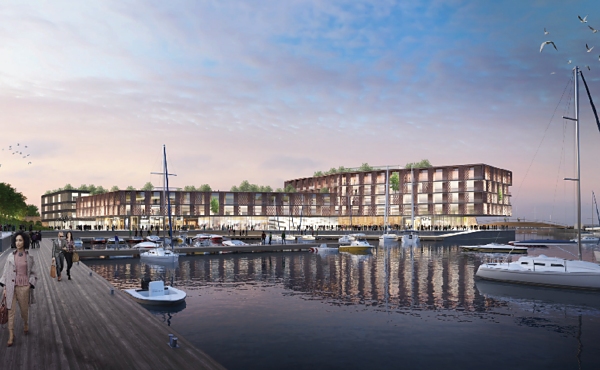
Developed around a new 800-berth marina, Livorno Porta a Mare is set to attract vessels of all sizes.
Everything will be developed around the construction of a new 800-berth marina, which will include berths for large vessels. The latter will benefit from the close proximity of the Azimut Benetti shipyard for repair and maintenance services.
The result will thus be an urban marina where a stretch of water used a century ago as a seaside destination once again becomes a new public space. The development of new surrounding functions and services, such as pedestrian and cycle paths, will reinforce the connection with the historic city and the rest of the coast.
Livorno Porta a Mare is also another example of the bid to transform and enhance abandoned industrial areas to boost economies and reclaim waterfront land for public use. It will respond to all key environmental, economic and social principles and be consistent with the PRNN National Recovery and Resilience Plan, which was launched by the Italian Government in response to the COVID pandemic.

